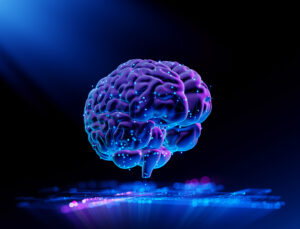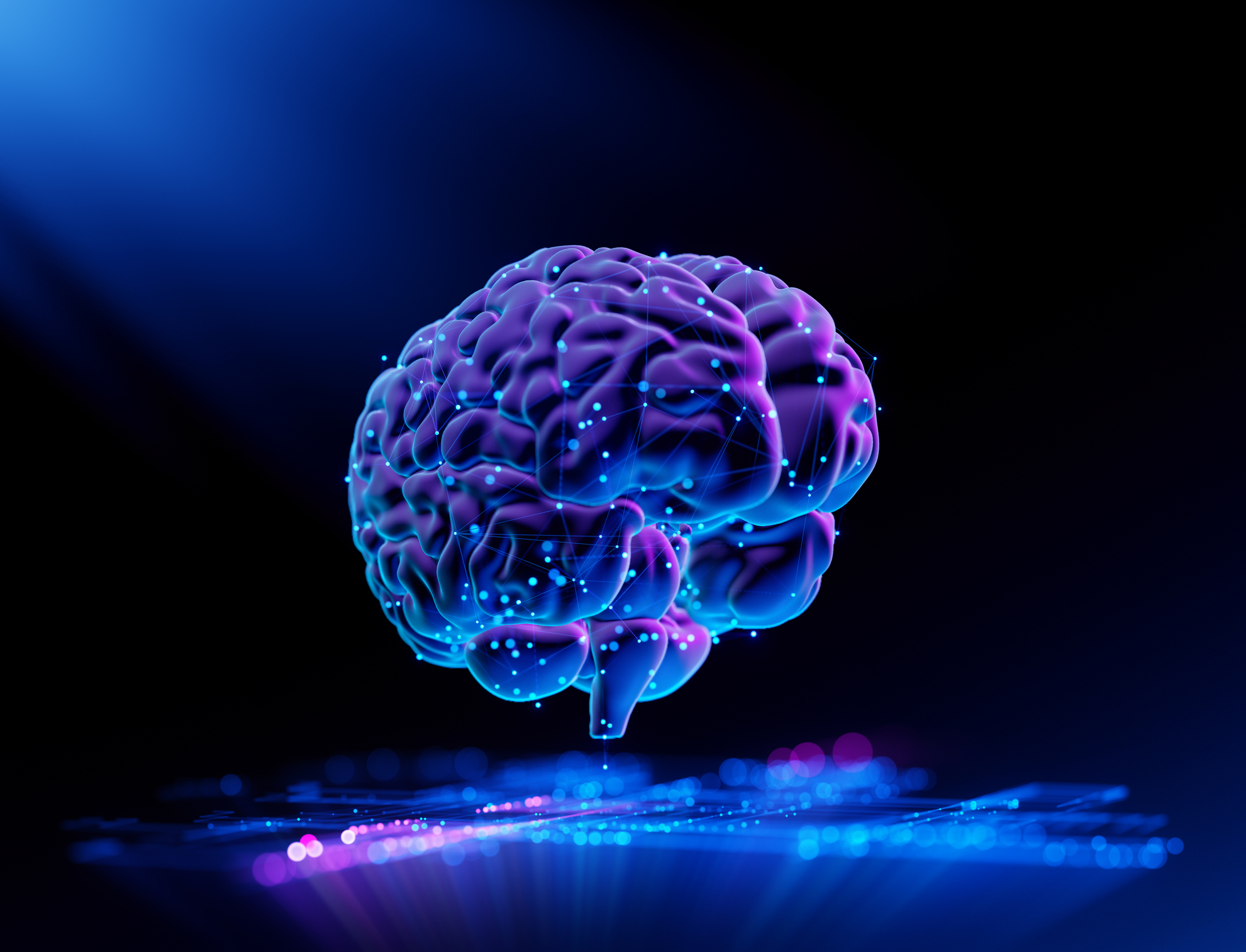
Scientists Creates First Multi-Region Mini Human Brain with Blood Vessels
Scientists at Johns Hopkins University have unveiled a groundbreaking miniature human brain model that comes closer than ever to mimicking a real brain. Known as a multi-region brain organoid (MRBO), this tiny lab-grown brain contains interconnected tissues from multiple brain regions, rudimentary blood vessels, and active electrical signaling—mirroring the development stage of a 40-day-old human fetus.
The research team, led by Annie Kathuria, took a step-by-step approach: neural cells from different brain regions and vascular tissues were cultivated separately, then combined using specialized “sticky” proteins that acted like natural glue. Over time, the tissues bonded, formed communication pathways, and began coordinated electrical activity. The finished organoid houses approximately 6–7 million neurons and reproduces about 80% of the cell types found in an early developing brain.
One key feature of this model is the early appearance of the blood-brain barrier, a protective structure that regulates what substances can pass into the brain. By incorporating multiple brain regions and vascular elements into a single, functioning organoid, the MRBO represents a major leap forward from previous models, which were less complex and lacked realistic vascular connections.
This innovation opens the door to transformative research in neurological and psychiatric disorders, including autism, schizophrenia, and Alzheimer’s disease. The MRBO allows scientists to observe disease progression in real time, test new treatments directly on human-based tissue, and potentially create therapies tailored to individual patients.
The model also addresses a major bottleneck in drug development—the poor reliability of animal testing for brain-related drugs. Because the MRBO closely reflects human brain biology, it offers a much more accurate platform for preclinical trials.
The findings were published in Advanced Science in August 2025, marking what could be a new era for brain research and therapeutic discovery.
More than news- Its Icegate

